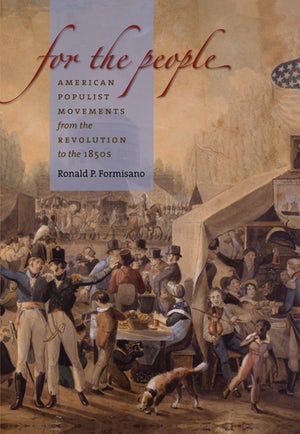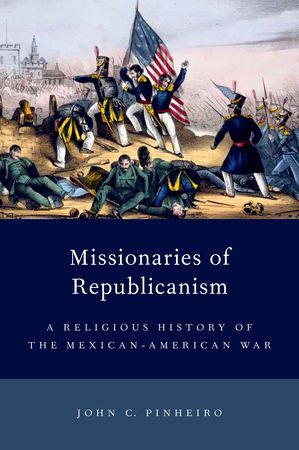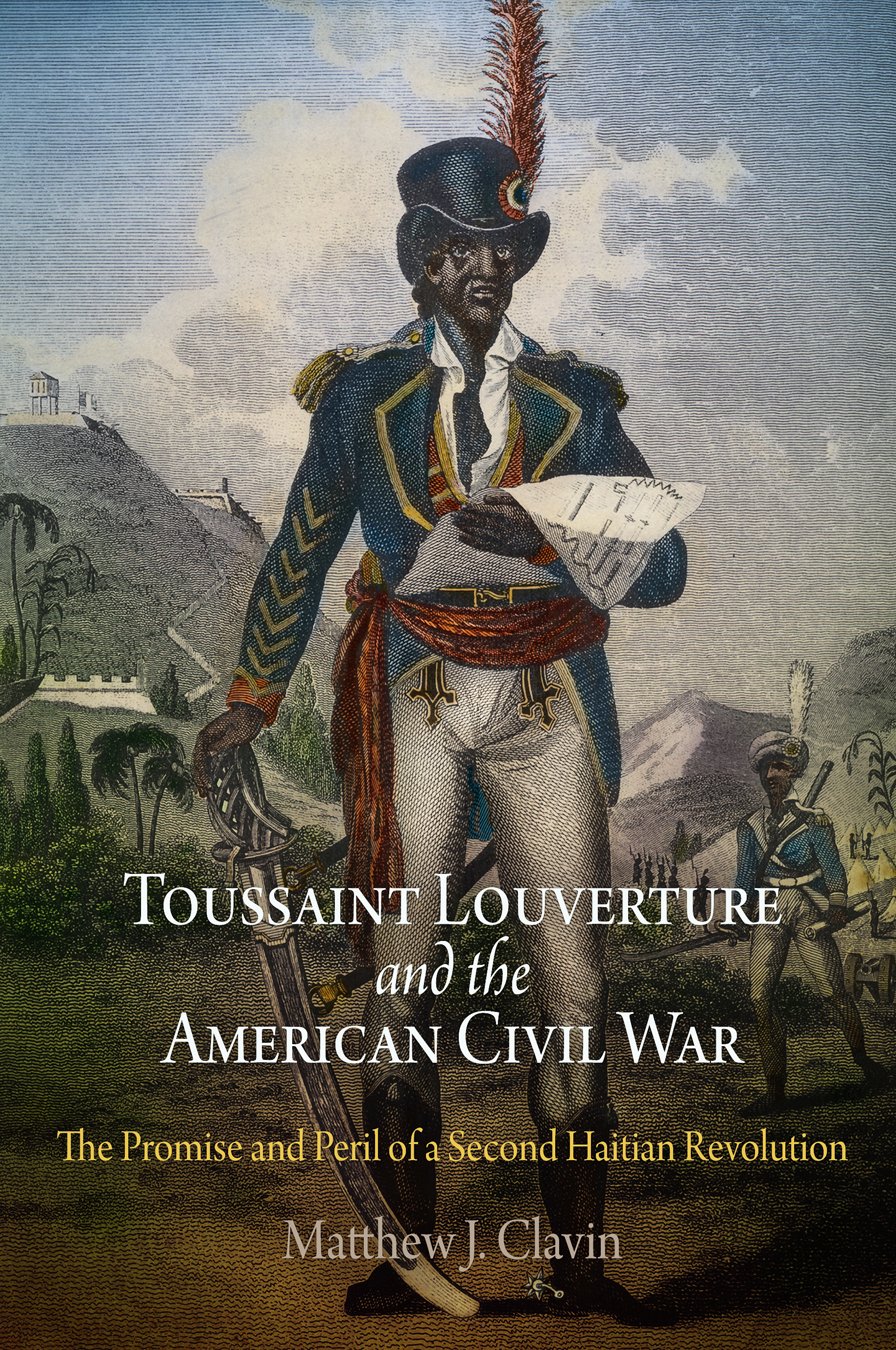Governor Riggins, a leader of Boston’s nineteenth-century black community, once publicly admonished a fellow person of color, William Patterson, and took the opportunity to offer a lesson to the community at large. Patterson had purchased unlicensed liquor for some fellow African Americans, and the authorities in Boston caught him red-handed. In the midst of dressing Patterson down, Riggins expressed the hope that the “law will make you smart.” His proclamation to his fellow Afro-Bostonians—the law could be a source of empowerment for African Americans—may have been lost on Patterson, but it was a message that blacks across the United States heard loud and clear. Half a continent away in St. Louis, Missouri, the mixed-race grandsons of Jacques Clamorgan geared up to file suit and lay claim to their grandfather’s extensive lands. For them, Riggins’s message carried special resonance and an additional caveat. For the Clamorgan men, the law not only made them smart, but could also make them rich.
Did the Clamorgans have a legitimate chance to win their legal battles? In her wonderful The Clamorgans: One Family’s History of Race in America, Julie Winch answers this question by offering readers a thorough examination of the family’s past, especially their relationship with the law. She starts by examining the patriarch, the wily Jacques Clamorgan, and ends with his great-great grandchildren in the 1950s. While not much is known about Jacques’ early life, we know he was French and settled in Spanish Louisiana sometime in the 1770s, arriving in St. Louis in 1781. Over the next two and half decades, Clamorgan became a prominent businessman, funding exploration, selling goods brought north from New Orleans, buying and selling slaves, and most importantly for his heirs, acquiring huge tracts of land in present-day Missouri and South Dakota. Clamorgan’s ownership of this land was a legal fiction, as it was based on (possibly) dubious grants from the king of Spain. Clamorgan could not adequately populate or “improve” the land, and he constantly used it to pay off debts or as collateral. Nevertheless, these land grants were too valuable for his heirs not to lay claim.
Winch’s narrative focuses on Jacques’ descendants. Clamorgan never married, and instead kept at least four black mistresses: Ester, Hélène, Susanne, and Julie. While Clamorgan did not have any children with Ester—although Winch documents their contentious relationship—he did with the latter three. In all, Jacques Clamorgan had four mixed-race children, three boys and a girl, all of whom he legitimized on his deathbed. Only the daughter, named Apoline, lived long enough to have children of her own and lay claim to her father’s land. A strikingly beautiful woman, Apoline never married, and instead was a mistress to several white men. These relationships produced three sons: Louis, Henry, and Cyprian. In their attempts to be compensated for their grandfather’s land, they faced numerous obstacles, including encounters with shifty lawyers looking to steal the claims and even an act by the United States Congress barring title to some of Jacques’ patrimony. While the grandsons met with some success, most of the cases ended in failure. Instead, the two older brothers, Louis and Henry, opened a successful barbershop and bathhouse, appropriately called Clamorgans. The brothers built a reputation as having one of the finest bathhouses in the West, complete with marble tubs and serving such illustrious patrons as Edward, Prince of Wales. The light-skinned youngest brother, Cyprian, had a more transient life, eventually publishing a history of free blacks in St. Louis and getting involved in Reconstruction politics.
All these men married and had children, and it was left to the next generation to fight for the family land. By the early twentieth century, their appeal had reached Congress, which heard the matter and even started to move on it before the coming of World War I thwarted the family’s attempts. The land claims never again gained traction, but the Clamorgans, now passing as white, became embroiled in scandal and the racial politics of 1910s St. Louis. Jacques’ great-great-granddaughter Cora Clamorgan married a prominent white man, only to be accused of having African ancestry. As a result of this and other tribulations, almost an entire branch of the Clamorgan clan moved to Los Angeles, changed their name to the more Anglophone “Morgan,” and lived out the rest of their days in California.
Winch’s detailed reconstruction of the Clamorgan family could not have been easy. Not only is the study of race and family a historiographical minefield fraught with contention, disagreement, and hearty debate, but Winch draws upon primary sources in three different languages (French, Spanish, and English). As a narrative, Winch’s book does not go deeply into historiographical debates, and most of the secondary sources she uses are to provide context. Nevertheless, readers—especially those concerned with the intersection of race and the law in nineteenth-century America—will find this book fits nicely with the work of Scott Hancock, Leslie Alexander, Shane White, Joanne Pope Melish, and Melvin Ely, who examine similar themes in the same period. As for primary sources, she examines charters, land grants, newspapers, and court records. But most important for recovering the lives of the Clamorgans are probate records, which not only detail the family’s wealth and property, but also draw the outlines of the communities and networks they belonged to.
This book has many strong points. It is beautifully written and serves as model of how to write a narrative history using non-literary sources such as estate inventories, land grants, and legislation. Winch’s thesis concerning the law as a source of empowerment for the Clamorgans—not just as an avenue through which to receive their just due from Grandpa Jacques’ claims, but to navigate the precarious and ambiguous racial world they inhabited—is original and well argued. The case of the Clamorgans illustrates the hardening of racial lines over the course of American history. When Jacques Clamorgan legitimated his mixed-race children, like so many of his fellow French settlers, nobody thought twice. Less than a century later when Cora Clamorgan, who was one-sixteenth black, married a white man, it scandalized the city of St. Louis. But Cora’s case was an exception in the Clamorgan family’s history. Rarely did race prove to be an impediment to living the lives they wanted to live. They did this by successfully navigating the legal quandaries of being multiracial in America. In fact, Winch argues that to truly “understand their story,” one has to “follow them through the thickets of the law as, for generation after generation, they sought justice and vindication” (4). By using legal knowledge as the central theme of the book, the author not only gives the reader guideposts that are easy to follow and remember, but also provides a blueprint for how some African Americans resisted racial degradation.
Nevertheless, there are a few problems with the book. Winch misses some opportunities to analyze and challenge racial paradigms. Even though the book is a work of narrative history, I wish she had stopped telling the story long enough to address some of these points. Jacques Clamorgan’s estranged mistress Ester provides one of those missed moments. In order to protect his lands from being seized by creditors, Clamorgan purchased some land in Ester’s name. Ester later claimed the lands as her own, defending them from her former lover and his creditors. For help, she turned to Alexander McNair, a close friend and later the first governor of Missouri. What makes this interesting is McNair’s later career. He was vociferously pro-slavery and adamant that Missouri be admitted to the Union as a slave state, making him one of the leading provocateurs of the Missouri Crisis. Yet, not a decade before that struggle, he befriended and supported a free black woman in her legal battles. Why? What does this mean? What does it say about race in early nineteenth-century Missouri and America? Unfortunately, Winch does not address these questions.
Winch also never examines whether the Clamorgans considered themselves African American or something else. They may have been people of color, but they were also the descendants of the first settlers, white and black, of St. Louis. These “creoles” may have considered themselves something different, especially as their willingness to pass as white, marry whites, live in white neighborhoods, and describe themselves as “Spanish” suggests. Being African American means embracing black identity, which the Clamorgans did only when it served their interests. The behavior of the Clamorgans seems to suggest a different racial history of the United States, one that is not dichotomous and static, but fluid and dynamic. It is a racial story much more in line with other parts of the Americas, and, much closer to home, New Orleans. Nevertheless, Winch places the history of the Clamorgans within a national, “American” framework. In certain situations, it may have been better to use a comparative lens.
Aside from occasional lapses in interpretive rigor, this is a great book. Winch tells the story of a unique American family with grace and erudition. Given its chronological scope, it would be hard to assign the text in an American or African American history survey. It is nevertheless an important book for scholars studying race and family in the United States or those interested in the conglomeration of people inhabiting the West before U.S. annexation, their social mores, and lasting legacy. Most fascinating, Winch reminds us that there are still potentially billions of dollars worth of Jacques Clamorgan’s land grants looking to be claimed. If you can trace your lineage back to that crafty patriarch and have the legal expertise, the law could make you rich.



















